Difficult Airway Management Simulator -Assessment System-
Co-development:
Atsuo Takanishi, Laboratory of Faculty of Science
and Engineering, Waseda University
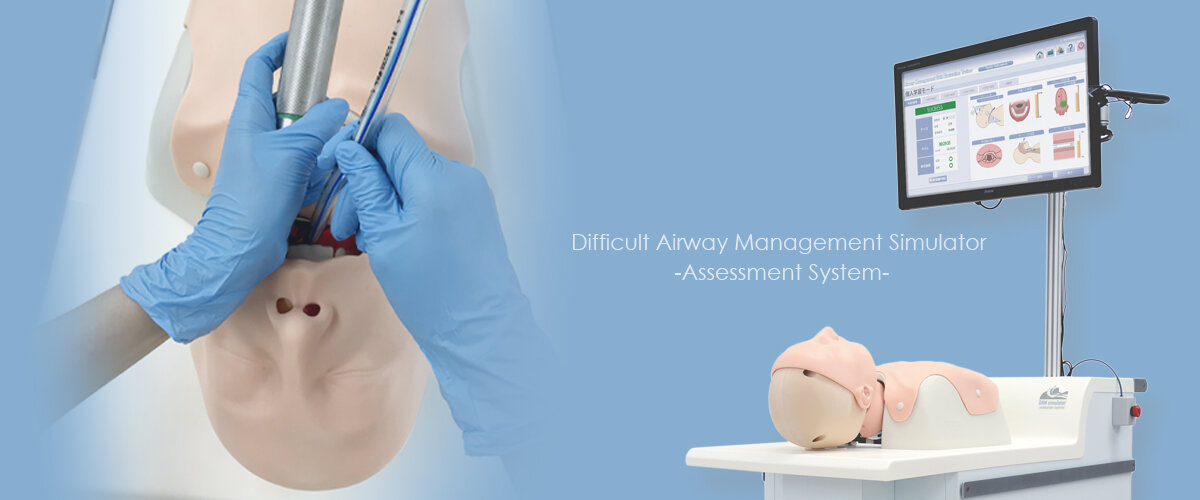
Enhance your intubation technique to ensure and maximize patient safety
FEATURES
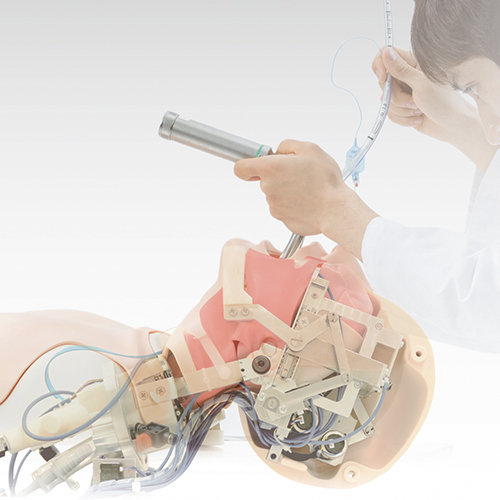
True-to-Life Hands-on Experience
Reality of procedure is a critical to ensure reliable assessment and skills development
- Use of real clinical devices
- Articulation of jaws
- Flexible neck
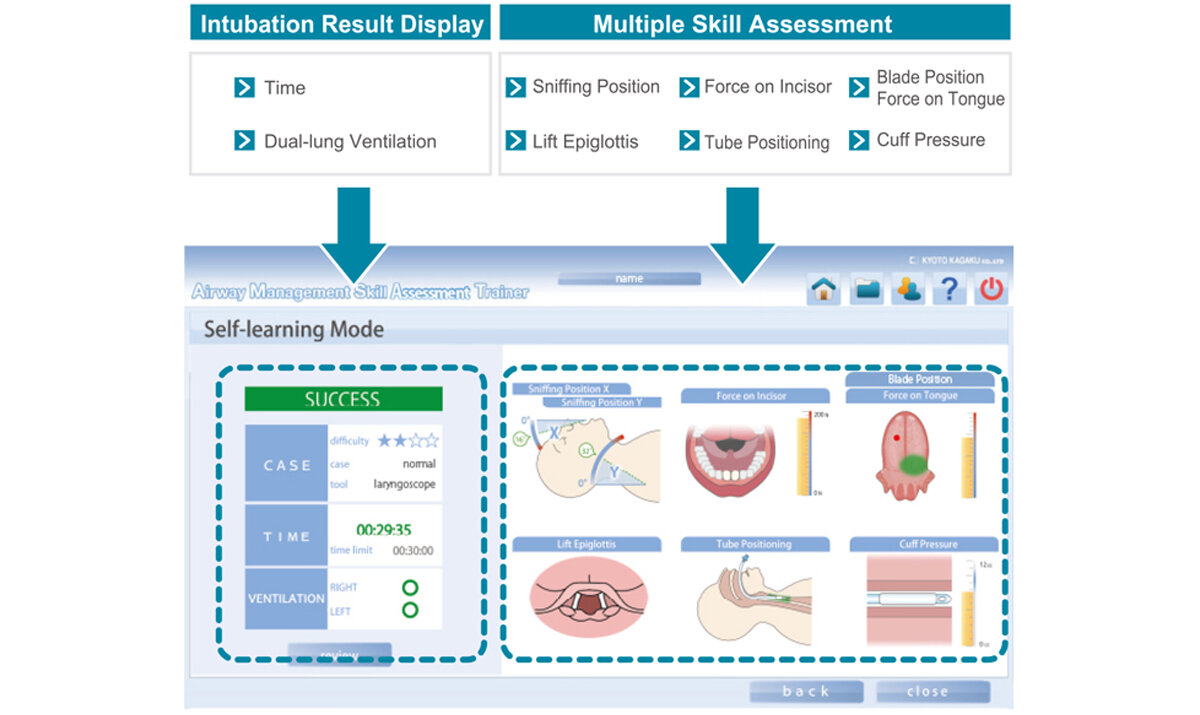
Visual Feedback of Objective Assessment
Real-time dynamic feedback on performance is visually displayed by;
- Intubation Result Display: Successful intubation is defined as dual-lung ventilation within the time limit
- Multiple Skill Assessment: Objective assessment of based upon the data taken by professionals
Skill evaluation is objectively given by 23 built-in sensors, on the basis of the data of experts' skills. Each skill is classified in 3 levels. Comments and advise on the performance are also provided.
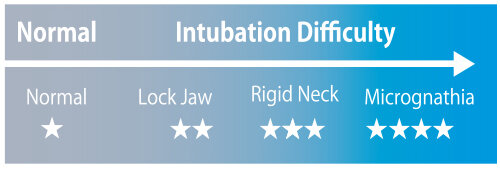
Normal and 3 Difficulty Levels of Airways
Different levels of difficulty for the intubation procedure can be set with the touch panel. There is one "normal" setting and three additional levels with increasing difficulty
Normal (Difficulty level 1) :
Simulation of patient with no airway difficulties. Opening the mouth and retroflexion of the neck is most easy out of all four levels.
Lock Jaw (Difficulty level 2) :
Simulation of patient with locked jaw. Opening the mouth is more difficult.
Rigid Neck (Difficulty level 3) :
Simulation of patient with limitations in neck retroflexion.
Users face difficulty when trying to raise the chin.
Micrognathia (Difficulty level 4) :
Simulation of patient with micrognathism (recess of lower jaw).
Opening the mouth as well as retroflexion of neck are more difficult.
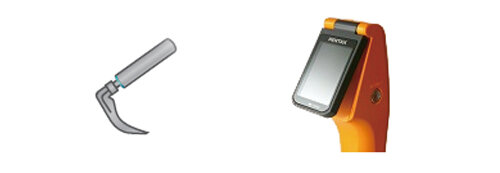
Compatible with 2 kind of laryngoscopes
- Laryngoscope(blade size No. 4)
- Video laryngoscope
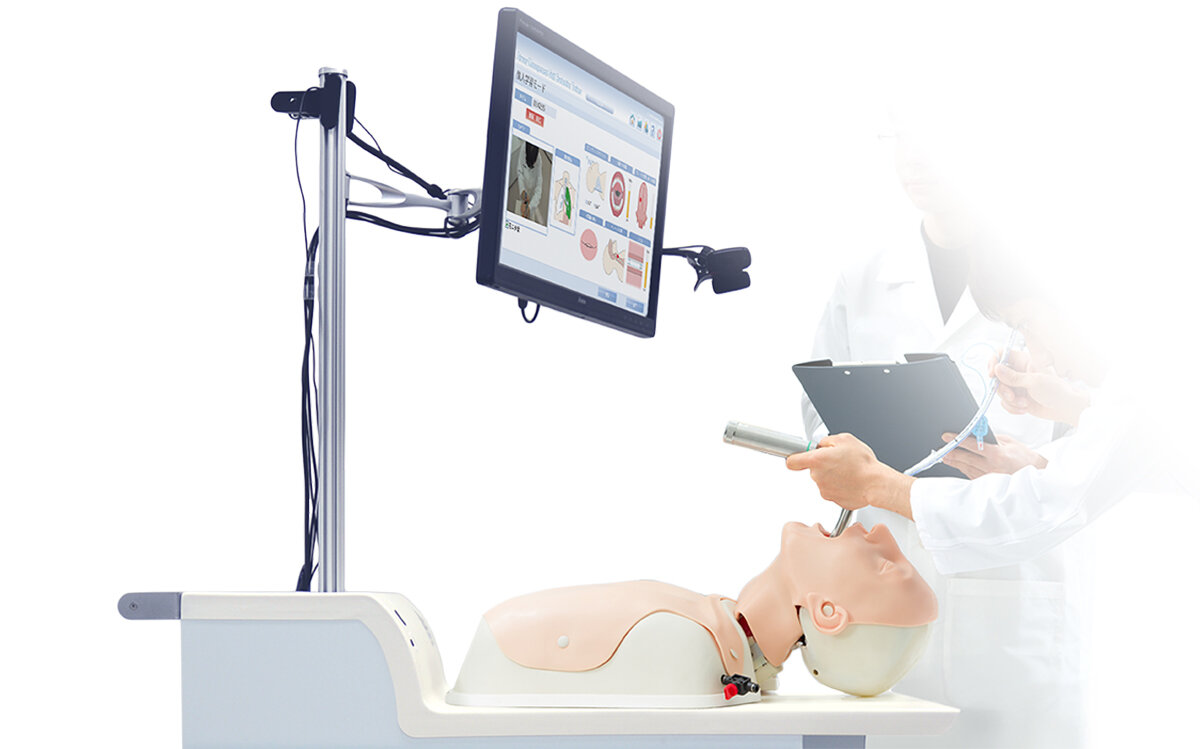
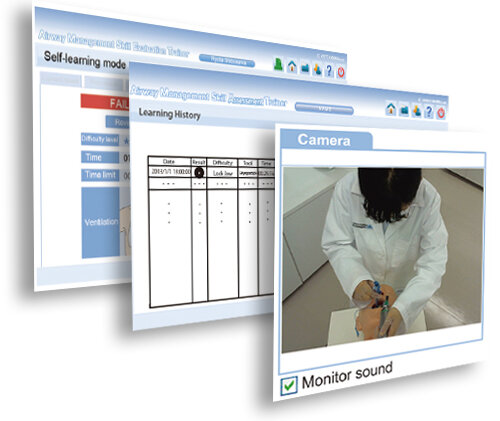
Records of Personal Training History Support Skills Development
The performance assessment can be saved so that users can review their skills and measures their improvement
5 most recent sessions are visually summarized to analyze each achievement
Record of each user's learning history
Video Recording
Overhead monitoring and laryngoscope point-of-view can be displayed and recorded along with the assessment data
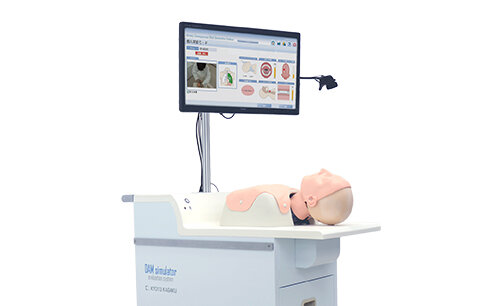
Unit-type model facilitates preparing, training and storage
- Slim and compact design. Controlling devices and cables are equipped in the unit
- Required apparatus and consumables for training skills can be stored inside the unit
- Unit is mobile when electric plug is disconnected
- Ready-to-use, easy-to-store
CASE STUDY
Joint Research Project Initiative with LernKlinik Leipzig, Medical Faculty of the University of Leipzig, Germany
"LernKlinik" and Kyoto Kagaku had a study in November 2014 that the medical students trained as peer tutors together with health care professionals from different medical disciplines evaluated the system under diverse research conditions, analyzing the stored data to develop multiple teaching modalities.
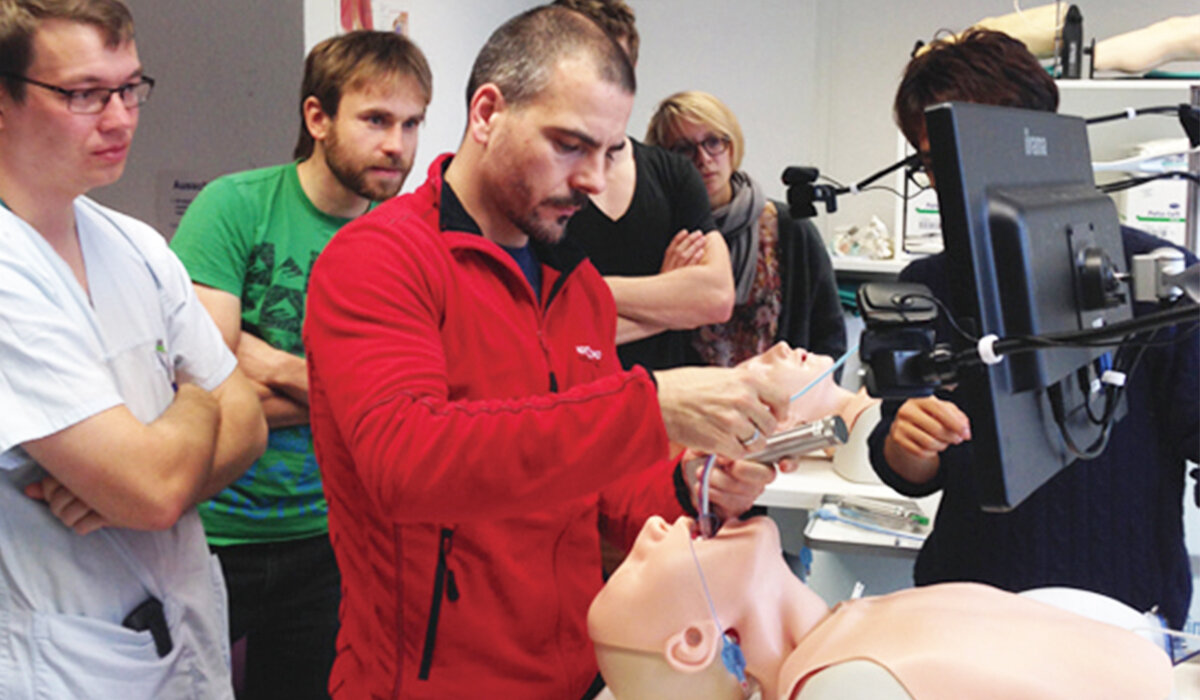
Publication References
The study shows scenario based training that includes different levels of difficult management is effective to improve skills of crisis management
- Robotic simulator for scenario based training of intubation
Hiroyuki Ishii , Yohan Noh , Satoru Shoji , Noriyuki Matsuoka, Yusuke Nakae , Tamotsu Katayama 3, Atsuo Takanishi
SESAM2013 Oral Presentation - Novel airway management simulator providing quantitative feedback to trainees
Hiroyuki Ishii 1,*, Yohan Noh 2, Satoru Shoji 3, Noriyuki Matsuoka 3, Yusuke Nakae 3, Tamotsu Katayama 3, Atsuo Takanishi
SESAM2013 Oral Presentation - Hiroyuki Ishii, Satoru Shoji, Noriyuki Matsuoka, Yusuke Nakae, Tamotus Katayama And Atsuo Takanishi
"Embedded Force Sensors in Simulator are Useful for Objective Skill Assessments of Tracheal Intubation"
IMSH 2014 Poster Presentation. - Noh Y, Segawa M, Shimomura A, Ishii H, Solis J, Hatake K, Takanishi A
"WKA-1R robot assisted quantitative assessment of airway management"
International Journal of Computer Assisted Radiology and Surgery, 2008;3(6):543-50